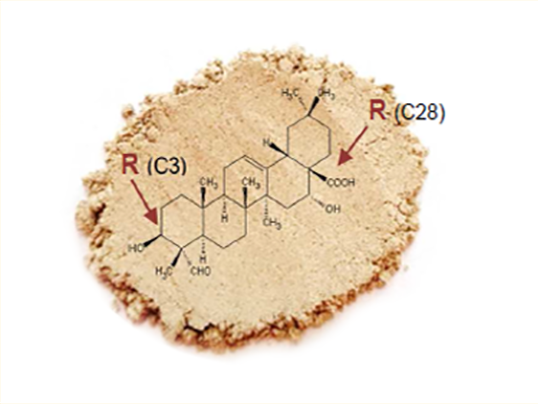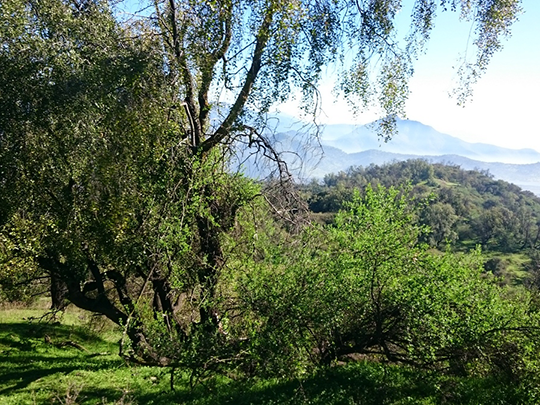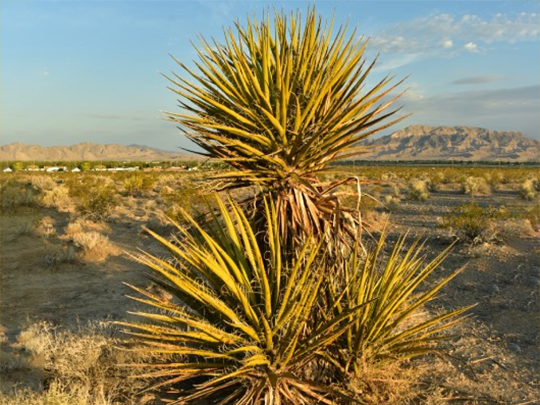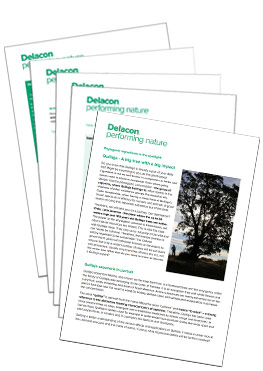Quillaja – A big tree with a big impact (part 2)
Did you know that Quillaja contains more than 600 different saponin types? How to differentiate Quillaja from Yucca saponins? What else do you need to know to become a Quillaja expert – let’s find it out.
The phytogenic universe is a vast and still-not-fully explored land. However, we are on a promising way by discovering more and more nature insights every day. Our main aim? Enlighten you about phytogenics that can help you to cope with present and future challenges. One promising plant-based ingredient is Quillaja, belonging to the group of saponins. In the first part, we already gave you insights about the origin and occurrence of Quillaja. Now let us take one step further and have a closer look at the chemical structure and the main difference to Yucca saponins. Are you curious?

Active substances
Quillaja is a very complex natural saponin source containing more than 600 different saponin types. The chemical structure of Quillaja saponins consists of a hydrophilic oligosaccharide moiety glycosidically linked to a triterpenoid hydrophobic aglycone (sapogenin, on the left).
Besides their high content of triterpenoid saponins, Quillaja extracts contain a unique polyphenol profile. The major phenolic compound was identified as (+)-piscidic acid, which contributes to the antimicrobial effects of Quillaja saponins.
Quillaja vs. Yucca saponins

Yucca schidigera (Mexico) and Quillaja saponaria (Chile) are both desert plants used as commercial sources for saponins. Saponins from both plants contain one or more water-soluble carbohydrate side chains, while they differ in the aglycone part, the lipophilic nucleus of the saponins. This nucleus has a steroid structure in Yucca and a triterpenoid structure in Quillaja. Overall, Quillaja saponins are more complex in structure than Yucca saponins.
One of the main use of Quillaja saponin extracts in animals is its application as an adjuvant in veterinary vaccines. Due to the saponin structure, Quillaja saponins exert unique immune modulatory effects, increasing the efficacy of the vaccines.

For their use as feed additives, studies comparing Quillaja and Yucca saponins were mainly done for ruminant systems, both in vitro and in vivo. Both saponin sources have been proven to decrease in vitro ammonia production, protozoa numbers and methane production. In the literature, the effect of these saponins on protozoa is one key argument in their mechanism to achieve observed ammonia reductions. It was found in Delacon in vitro studies together with the French research institute INRA that Quillaja is also able to reduce ammonia production without reducing protozoal numbers, suggesting differences in the mode of action compared to Yucca extracts. In vitro results also suggest, that Quillaja has more impact on volatile fatty acids, especially in terms of propionate production, in rumen simulation techniques than Yucca.
In vivo studies comparing both saponin sources are scarce, but it was shown that reduction of ammonia is also found in sheep, although no effects on rumen protozoa were observed. In that study, Quillaja supplementation increased digestible energy of the diets. Moreover, in a broiler trial Delacon confirmed such results on ammonia reduction, with Quillaja, Yucca and blends of both Quillaja and Yucca. The highest efficacy was achieved, when blends contained 50% or more Quillaja.
Therefore, although many effects that were observed for Quillaja and Yucca are similar, the mechanisms responsible for the effects appear to differ at least for some parameters.
Do you want the entire article as PDF including all references?

You are only one click away.
What is the final step to become a Quillaja expert?

Marlene Forrai
Storyteller, foodie, life-long learner – may be the three words that describe me best. Unfortunately, you cannot make a living by only eating food, even though it’s healthy. Therefore, I have developed my skills in Marketing, Online Communications and Content Management to enlighten people around the globe about the power of nature and its contribution to animal as well as human health. Since February 2022, Marlene started a new career path outside of Delacon.










